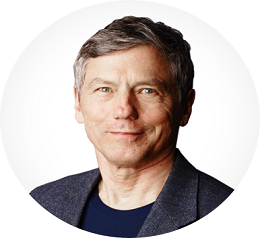Scholars
Virtual Meet on Neurology and Therapeutics
THEME: "Novel Insights and Challenges in Neurology and Therapeutics"
 14-15 Apr 2021
14-15 Apr 2021  Online | Webinar | 11:00-17:00 GMT
Online | Webinar | 11:00-17:00 GMT THEME: "Novel Insights and Challenges in Neurology and Therapeutics"
 14-15 Apr 2021
14-15 Apr 2021  Online | Webinar | 11:00-17:00 GMT
Online | Webinar | 11:00-17:00 GMT 
President Telocyte, USA
Title: Age-Related Dementias and Prospects for Intervention
Fossel has an MD and a PhD in neurobiology from Stanford University where he taught neurobiology and research methods. A clinical professor of medicine, he is considered the world foremost expert on telomeres, aging, and age-related disease. He gave the first talk at the NIH on reversal of human aging, published the first articles on the potential of telomeres as a clinical intervention, and authored the only medical textbook in this field, Cells, Aging, and Human Disease, by Oxford University Press. He was editor-in-chief of Rejuvenation Research and the director of the American Aging Association, and as well as the Editor-in-Chief OBM Geriatrics. He has authored more than 100 books, chapters, and articles, including The Telomerase Revolution, which the Wall Street Journal praised as one of the best science books of the year. He is president Telocyte, a biotech firm taking telomere therapy to FDA human trials, as well as author of “A Unified Model of Dementias and Age-Related Neurodegeneration”, published in Alzheimer’s & Dementia: the Journal of the Alzheimer’s Association in January of 2020, which generated more than 600 reprint requests in the first two weeks.